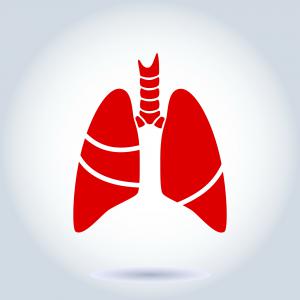Healthy Facilities Institute University (HFI-U) Health Brief: Making a Business Case for Reducing Asthma Triggers
Asthma is costing American business $ billions. Here's how to reduce the drain and create healthier workplaces.
MERIDIAN, ID, US, January 4, 2019 /EINPresswire.com/ -- As part of its mission to promote the financial and business advantages of healthy indoor environments, the Healthy Facilities Institute University (HFI-U) is pleased to provide its January 2019 Health Brief on "Making a Business Case for Reducing Environmental Asthma Triggers".
Scope of the Problem
The US CDC reports 26 million or one in 13 Americans have Asthma, an illness causing restriction of breathing and air supply to the lungs, along with tightness in the chest, coughing, wheezing, and even fatality.
The prevalence of Asthma creates huge costs to society and business.
The Annals of the American Thoracic Society reports: “Asthma places a significant economic burden on the United States, with a total cost of asthma, including costs incurred by absenteeism and mortality, of $81.9 billion in 2013.”
The Solution
In 2002, Bill Fisk, of Lawrence Berkeley National Laboratory (LBNL), estimated the U.S. yearly ROI from improved indoor air quality including asthma reduction equaled $20 to $200 billion in enhanced worker performance, and that fiscal benefits may exceed costs by 900-1400%.
While the causes of asthma are complex with many elements working in unison including genetics, allergies, respiratory infections, and environmental exposures--businesses are wise to work where they have a measure of control: reducing environmental exposures or “triggers” linked to asthma.
These triggers include airborne:
• Dust
• Pollen
• Molds
• Insect and dust mite allergens
• Chemicals and fragrances from cleaning, disinfecting, and other products
• Irritants from smoke and other sources
Reducing Asthma in the Workplace
Allen Rathey
HFI University (HFI-U)
+1 208-658-1912
email us here
Legal Disclaimer:
EIN Presswire provides this news content "as is" without warranty of any kind. We do not accept any responsibility or liability for the accuracy, content, images, videos, licenses, completeness, legality, or reliability of the information contained in this article. If you have any complaints or copyright issues related to this article, kindly contact the author above.

